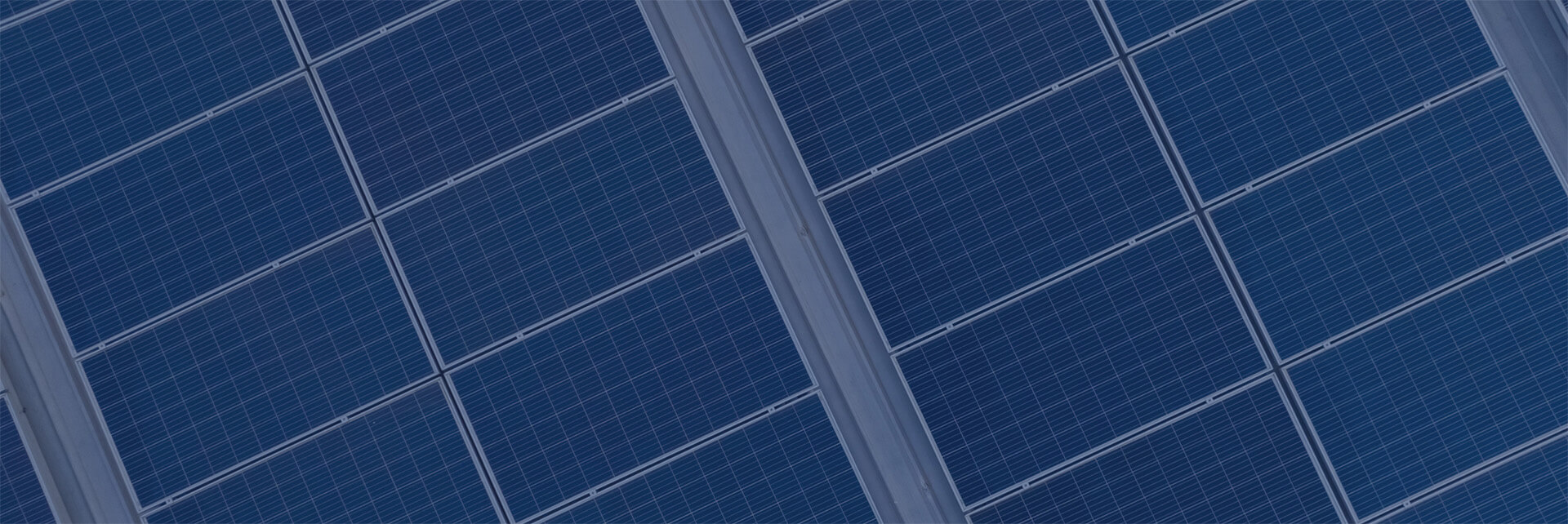Well, that’s a problem! How do you measure specific gravity of a flooded lead acid battery if you can’t draw acid into the measurement device? Sounds like you’ve got one or both of 2 problems:
- The tube on your hydrometer is too short
- The acid level is too low in the cell
You’ll have to solve the first problem yourself, either with a new hydrometer or by adding a longer tube to your existing one.
For the second problem, we need to talk about this a bit. There is an optimum fluid level for your batteries, generally about 1cm below the bottom of the fill tube (the tube that extends down into the battery cell). If the level is just somewhat low, top it up with distilled water to the optimum level. However if the level is so low that battery plates inside the cell are exposed and not covered with fluid, this could be, or indicate, a major problem.

Causes of exposed plates include:
- Insufficient routine battery care
- Chronic over charging
- Physical battery damage with acid leakage
The most common of these is insufficient routine battery care. Fluid levels should be inspected every month or two and topped up 2 – 6 times per year, depending on usage. If you inspect regularly you’ll get to know the patterns of your bank and can reduce the inspection frequency over time.
If you’re having to add water more than once every 2 months your charging parameters should be reviewed; they may be too aggressive.
If fluid levels vary dramatically across cells when you check them this could indicate failing or damaged cells.
